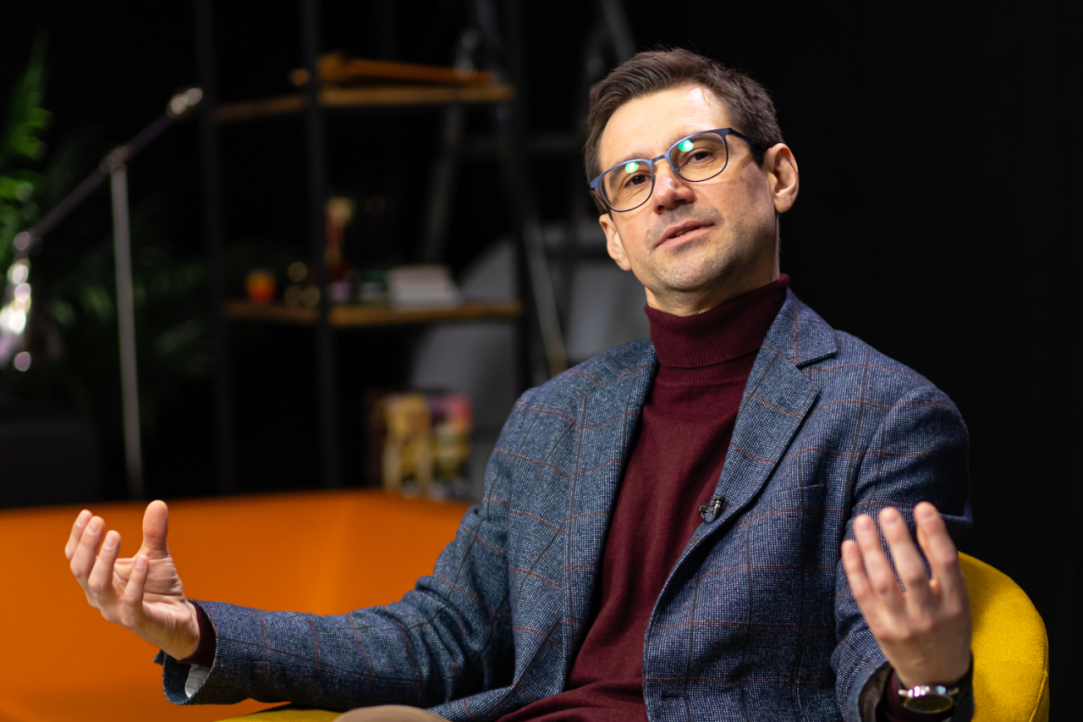The News Presenters of "Moskva 24" gave useful tips to HSE students

We have selected some theses-admonitions for young professionals and future journalists.
1. Minimum of words, maximum of information!
There are three types of journalism genres: informational, analytical, artistic and journalistic. News refers to the first. It is the cornerstone of your future profession. News accounts for 30% of all TV viewing. Knowing the laws by which they are created is putting a strong start to a career. A minimum of words, a maximum of information - the golden rule of the format.
2. Pyramid
The text of the news is built on the principle of an inverted pyramid. The main information is always at the beginning, then - specifics and details in descending order of relevance. In printed and electronic media, there is a headline and a lead to create structure; on television, this role is played by the first sentence of the presenter.
3. Title and lead
The title is a brief fact that answers the question "What happened?". The lead reveals the essence of the news in more detail. At the "Highest standard" contest for applicants there is a task that checks the understanding of these terms. Keep in mind that lead isn't just a headline that you've added a few words to. It clarifies, answers the questions “where and when did this happen?”. If a word can be deleted from it without losing its meaning, then it must be done.
4. Main fact
First of all, determine the main fact. If the main event has already happened and you are writing about the consequences, feel free to put them in the first place. The news consumer already knows what has happened from past publications or releases. He or she came to gain new information.
5. How to form offers
Write shortly and substantially. Subject, predicate, object, definition. The period is the best punctuation mark. In television news, it will allow the presenter to pause in order not to burden the speech. Keep introductory constructions and adverbial expressions to a minimum. Link parts of the sentence with semantic constructions. The direct word order in the news is the most proper. This way the reader and the viewer better absorb the information.
6. Abbreviations
Even an experienced presenter finds it difficult to pronounce complex abbreviations. They also overload the article format. CJSC can be replaced with a “company”, JSC with a “factory”. Leave only the most common and familiar words - for example, traffic police - so that it is clear what is at stake and what the organisation does.
7. Quote
If you doubt the factology, cite other people's sources. Especially if you give exact figures on the number of victims or other statistics in the text. If you take exclusive material from another agency be sure to refer to it. This will hedge you and will not mislead the viewer / reader.
8. Author's style
Record what you like in other people's texts. Master these tricks. Over time, you will form your own creative style when you learn how to choose a style for the situation and freely switch from one speech manner to another.
9. No templates!
Remove speech cliches, metaphors, jargon, professionalism from the material. Adapt your press releases to the format you need. For the press service of the Ministry of Internal Affairs, it is acceptable to write: "The vehicle hit a pedestrian." You do not need to complicate the structure, report the facts briefly and clearly: "The car hit a pedestrian." You should avoid double negatives as well.
10. Own opinion
Avoid value judgments and modal words. "Fortunately, no one was hurt" - this is not about the facts. The goal of a journalist is to replace the expressions “important, unique” with specifics, on the basis of which the viewer himself will draw the right conclusions.
11. And what is more ...
News is an unbiased source. The author and presenter of news on the air and on the pages of publications do not have the right to a personal attitude to the situation. Of course, it is rarely possible to completely get away from one’s own position, it still “shines through” through the style and manner of speech. Remember: not everyone wants to hear someone else's point of view. This, among other things, demonstrates professionalism and journalistic ethics.
Author: Anastasia Kravtsova, a third-year student of "Media communications" programme
Translation: Yanina Drankeevich, a first-year student of Master's programme "Contemporary Journalism"
